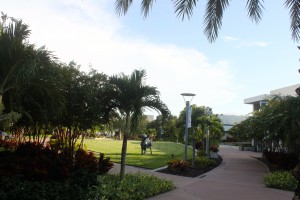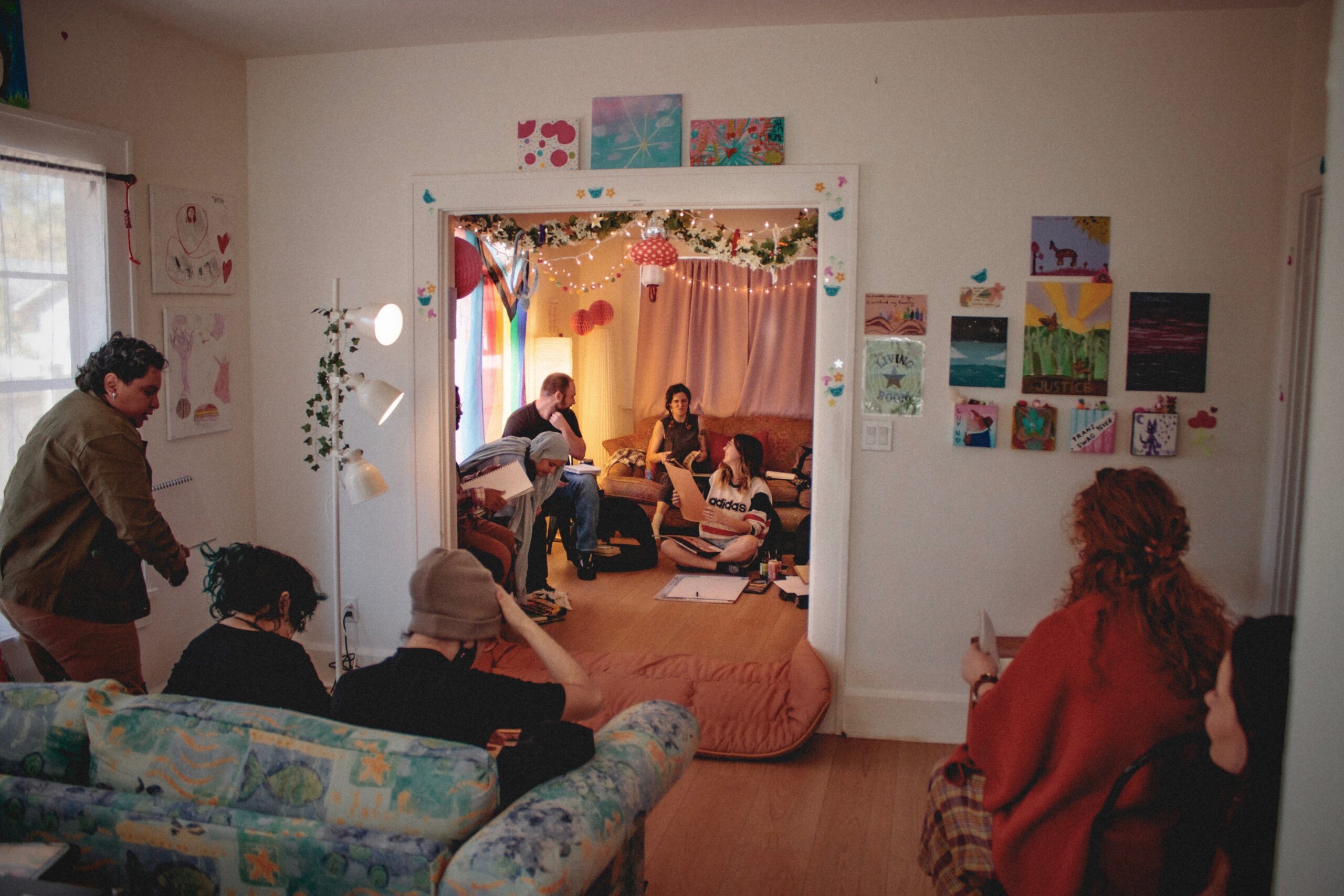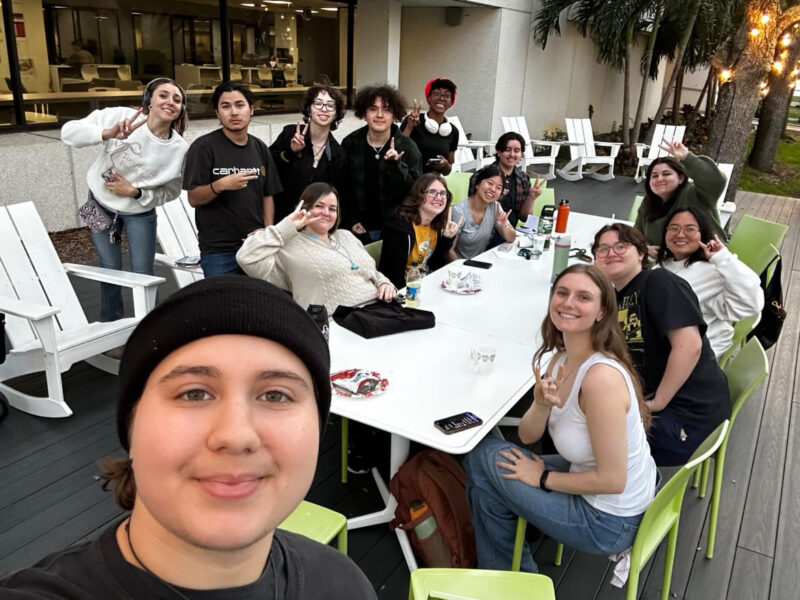 Before the University Student Center finished completion in 2012, a hill of grass and volleyball courts sprawled along 6th Avenue S. The sidewalks that stretch throughout campus once lead only to Coquina Hall and Davis Hall.
Before the University Student Center finished completion in 2012, a hill of grass and volleyball courts sprawled along 6th Avenue S. The sidewalks that stretch throughout campus once lead only to Coquina Hall and Davis Hall.
USF St. Petersburg sprouted from years of cultivation.
The first classes at the USFSP began on Sept. 7, 1965. A small variety of classes were offered to 260 freshmen who took shuttles from the overflowing campus in Tampa.
The Maritime Service barracks, which is now the College of Marine Science, held classes for commuters. After a few years, former USF President John S. Allen opened up classes to upper-level undergraduates and graduates. By 1969, USFSP had become a branch campus.
More degree programs and courses including elementary education, psychology and history were added by the early 1970s.
As a growing education institution, USFSP started to gain a positive reputation in the city of St. Petersburg. Prominent people in the area helped to make the physical expansion successful, such as former editor and president of the St.Petersburg Times (now the Tampa Bay Times), Nelson Poynter. Poynter campaigned for the city to donate money for the expansion. He himself donated $500,000.
On June 15, 1978, Poynter participated in the groundbreaking for the new part of campus and passed away hours later due to a hemorrhage. The Nelson Poynter Memorial Library was named in his honor.
Throughout the 1980s and 90s, buildings continued to go up and additional courses were opening. It wasn’t until March 2005 that the first residence halls went up on the corner of 3rd Street North. A few months later the main parking garage was built.
The Southern Association of College and Schools gave USFSP separate accreditation as an institution in 2006. The university was re-accredited in 2011.
USFSP, also known as “ the jewel by the bay” now has more than 4,000 students enrolled on its 48 acres of land. The university has three different colleges, including Arts and Sciences, Business, and Education with 23 undergraduate programs and 12 graduate programs.
Information gathered from usfsp.edu and James Anthony Schnur’s 2012 lecture “A Brief History of USF St. Petersburg.”


